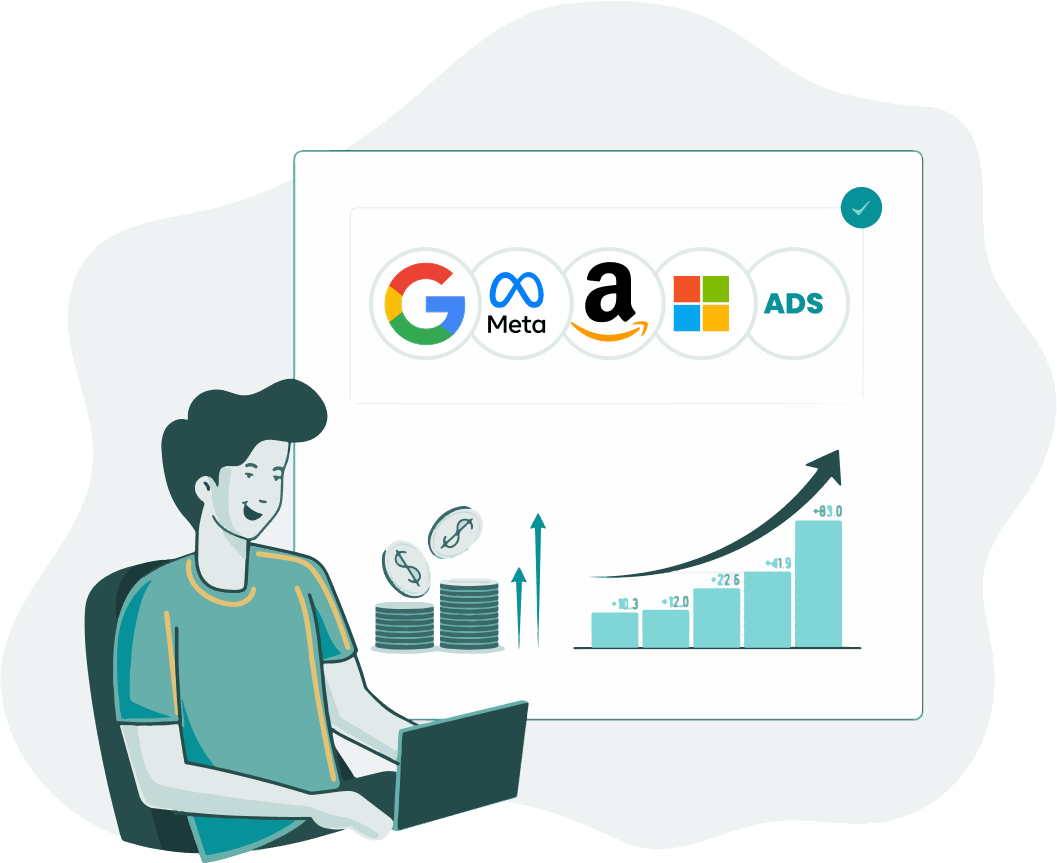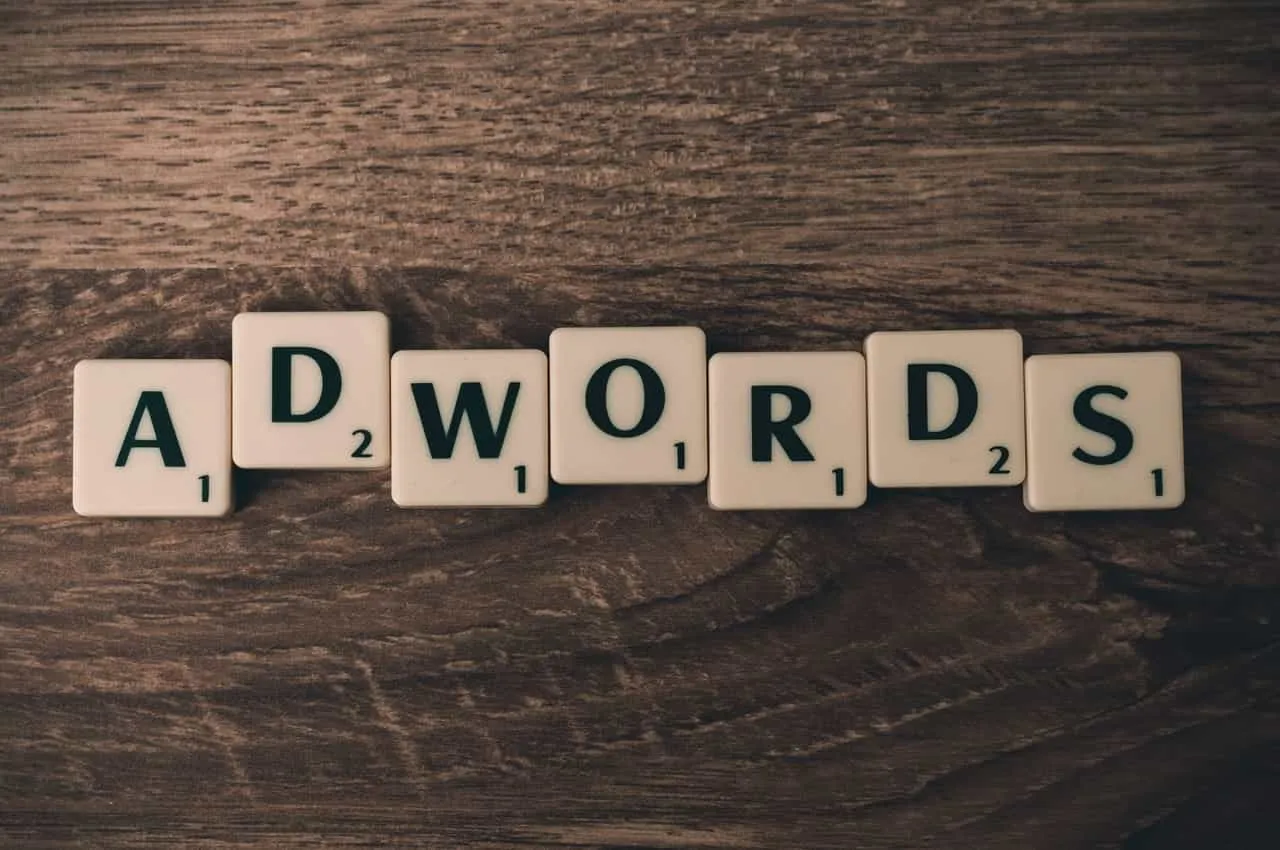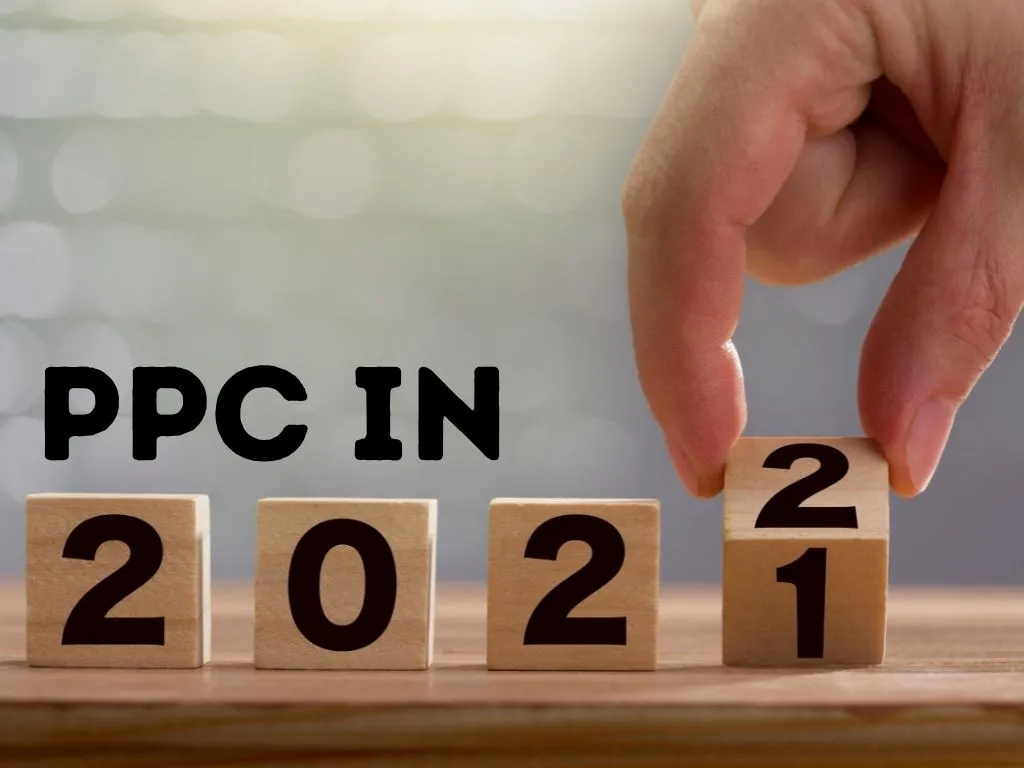Conversions are the backbone of search advertising. All the hard work that goes into testing messaging, audiences, bids, and other levers means very little if they don’t increase the number of people doing what you want them to do.
Why your Google Ads aren’t converting
Increasing conversions is one of the most common goals PPC account managers are tasked with achieving. But it can often be difficult to create that lift in numbers for a variety of reasons including:
- Competitive saturation
- Low quality of product or service
- Irrelevant ad text or banners
- Brand equity and reputation
- Poor keyword, bid and budget optimization
As with everything else in pay-per-click advertising, you want to start with an audit of your current campaigns. Try to find out why conversions are low or dropping. Being able to pinpoint one or more factors as the offending culprits will make it easier to know where to put your energy.
Hint: the PPC Investigator in Optmyzr can save you hours on this process and plenty of headache. We’ll analyze your account and show you probable causes for your dip in conversions, allowing you to focus on fixing the problem.
Ultimately, it’s important to focus on what you can control. You don’t get a say in what your competitors are doing, and you certainly can’t make someone buy before they’re ready.
In particular, we recommend paying close attention to the journey taken by people who do convert. With a big enough sample size, you should start to see patterns: what messaging works, what puts people off, what increases your chances of a repeat sale, etc.
Let’s take a look at some of the other things you should focus on to start increasing conversions for your accounts.
How to increase your conversion rate
Conversions don’t increase overnight, and that lift certainly doesn’t happen in isolation. Every aspect of your online presence contributes to the number of people filling out your form, buying from your e-commerce store, or taking any other action you want them to.
Most PPC experts are familiar with the concept of conversion rate optimization (CRO). While CRO typically focuses on the quality of your landing pages, it’s actually part of a much wider ecosystem that starts the moment someone hears about your business for the first time.
The most common recommendations to improve landing site quality are:
- Make sure your landing page design is clean and easy to view
- Test responsiveness on multiple device types, especially mobile
- Have a clear and engaging call to action (CTA) above the fold
- Write copy that speaks about benefits rather than features
- Require no further navigation away from the landing page
According to Josh McGregor, who heads marketing for UK-based CRO platform Salesfire, personalization is one of the secrets to increasing conversions.
“Personalization is a key part of any customer journey on an eCommerce site. And a major part of personalization is the use of empathy. In eCommerce, this involves the ability to understand a customer’s values at different points within their journey.
“This can be put into practice when a customer visits the site – if they are a first-time visitor, they can be targeted with welcome messages (via an overlay, for example), whereas if they are a returning customer, targeting them with ‘welcome back’ messages is a more suitable path to take.”
But how can this help to land conversions?
“Well,” Josh continues, “a customer is much more likely to return should they be delivered personalized messaging when they visit a site. One of the most successful ways to deliver personalized messaging is through an overlay.
“This is backed up by Salesfire’s research: on average, 16.6% of overlay interactions result in an order. By triggering an overlay to welcome new shoppers or returning customers to your site and promoting your latest offers, you can create more meaningful personalizations, which will lead to more conversions.”
While we certainly support the value of these suggestions, there’s also more to consider closer to the ads themselves.
1. Gather Relevant Keywords
For starters, you can’t increase conversions without high-quality traffic. Which is why it’s critical to make sure your keyword list is as relevant as possible to what your audience is searching for.
Match the intent of each keyword with the right messaging for a higher chance of getting people to click on your ad. Your search query report — which, by the way, is available in full via Google Analytics if you’ve set things up right — should offer clues.
- The presence of phrases like “best” or “comparison” indicate that someone is still evaluating their options, and may only want more information.
- Are you seeing many queries with words like “buy” or “for sale”? This indicates that someone is close to making a purchase.
- If your queries contain different brand names “X vs Y”, it might be worthwhile to see what your competitors are doing differently.
And don’t forget about negative keywords. Eliminating search queries that Google might deem relevant while your experience says otherwise cuts down the chances of your ad showing.
2. Increase Impression Share
Once your keywords and messaging match what your audience is searching for, you’ll want to increase the chances that your ad shows for those searches.
By growing your Impression Share, your ads show more frequently to the right people at the right time. If you’ve done your work so far, that means more clicks and eventually more conversions.
Impression Share can be won through several means, most of which involve fine-tuning your budget and bids.
Some of these routes include increasing your campaign budget, optimizing your bids along geographic or daypart lines, increasing bids overall, or changing the number of placements in the case of Display ads.
We recommend testing to see which bid and budget adjustments work best for you, and then doubling down on the ones that give your account the best lift.
3. Produce Better Ad Text & Creatives
On the creative side, there’s a lot that you can do to increase your chances of getting the desired action from your visitors.
Ad text or banners that are highly relevant to your audience’s queries will enable you to score a higher position in the auction without any increased spend.
It’s important here to remember search intent. Ideally, your campaign structure should include ad groups that target different users at different stages of the buying journey. Keywords and search terms are usually a strong indicator of where someone is, with words like ‘buy’ or ‘shipping’ indicating a greater willingness to purchase soon.
Your landing pages and CTAs should also be tweaked to meet search intent as it happens. A button that says ‘Buy Now’ isn’t likely to get as much traction for a higher-funnel audience as something with lower stakes, such as ‘Explore Shop’ or ‘Browse Our Catalog’.
Achieving creative alignment is difficult but pays off if you have a winning product. Remember, it’s usually a combination of budgetary and creative optimization that delivers the best results.
How to measure conversion rate growth
As with any outcome, it’s important to use performance indicators within the ad platform as a marker of how much progress you’ve made.
Optmyzr recommends tracking the following metrics at different stages of your effort. Beginner metrics are where you want initial lift, intermediate ones after achieving some degree of growth, and advanced ones when your campaign is running like a well-oiled machine.
- Beginner: Impression Share
- Intermediate: Conversions, Conversion Rate
- Advanced: Cost Per Acquisition (CPA), Return on Ad Spend (ROAS)
Why these metrics?
👉 Impression Share is a good initial indicator because it indicates whether your ad is showing more than others bidding on the same keywords.
👉 Conversions and Conversion Rate are your midway point and show whether the primary outcome you sought is being achieved.
👉 CPA and ROAS come into the picture much later, at a time when you can focus on getting your newfound increase in conversions to cost as little as possible.
Conclusion
There’s not a single marketer or business in the world that would say no to more conversions. Yet while it’s something we all desire, only a few will go on to actually create a lift in both the quantity and quality of conversions.
The important thing to remember is that like with all marketing initiatives, increasing conversions takes time. There will be a lot of testing, frequent iterations of ad text and creatives, some excess ad spend, and more than the occasional hiccup.
Optmyzr can help you speed the process up with insights and optimizations that help you see which ad text components perform best, adjust bids for maximum gains, and allocate budget to the highest-performing campaigns.
Try our 2-week free trial or if you already have Optmyzr, write to support@optmyzr.com for help with increasing conversions.








